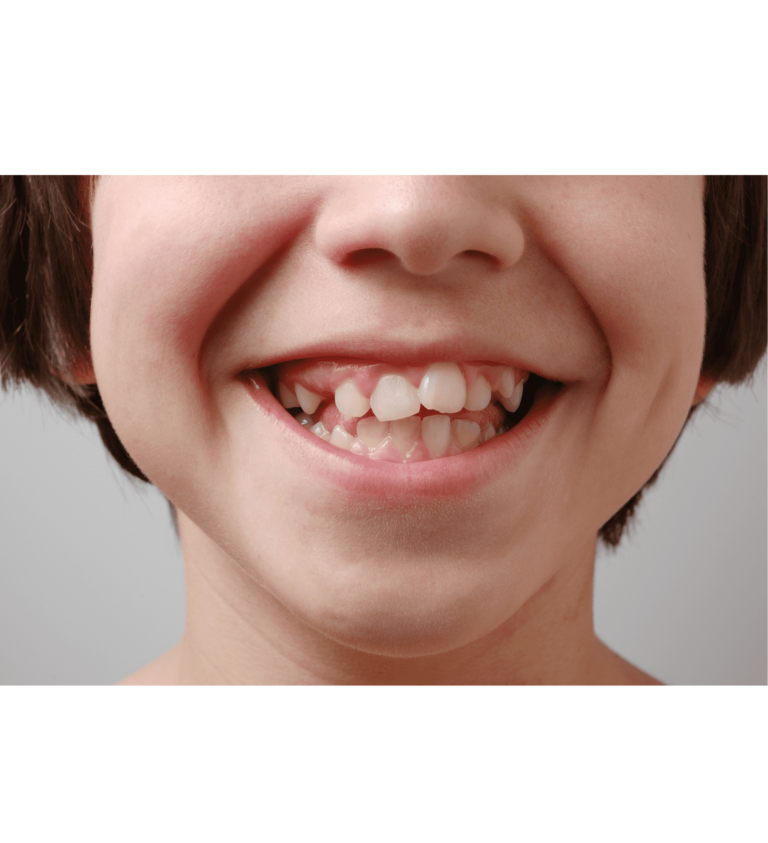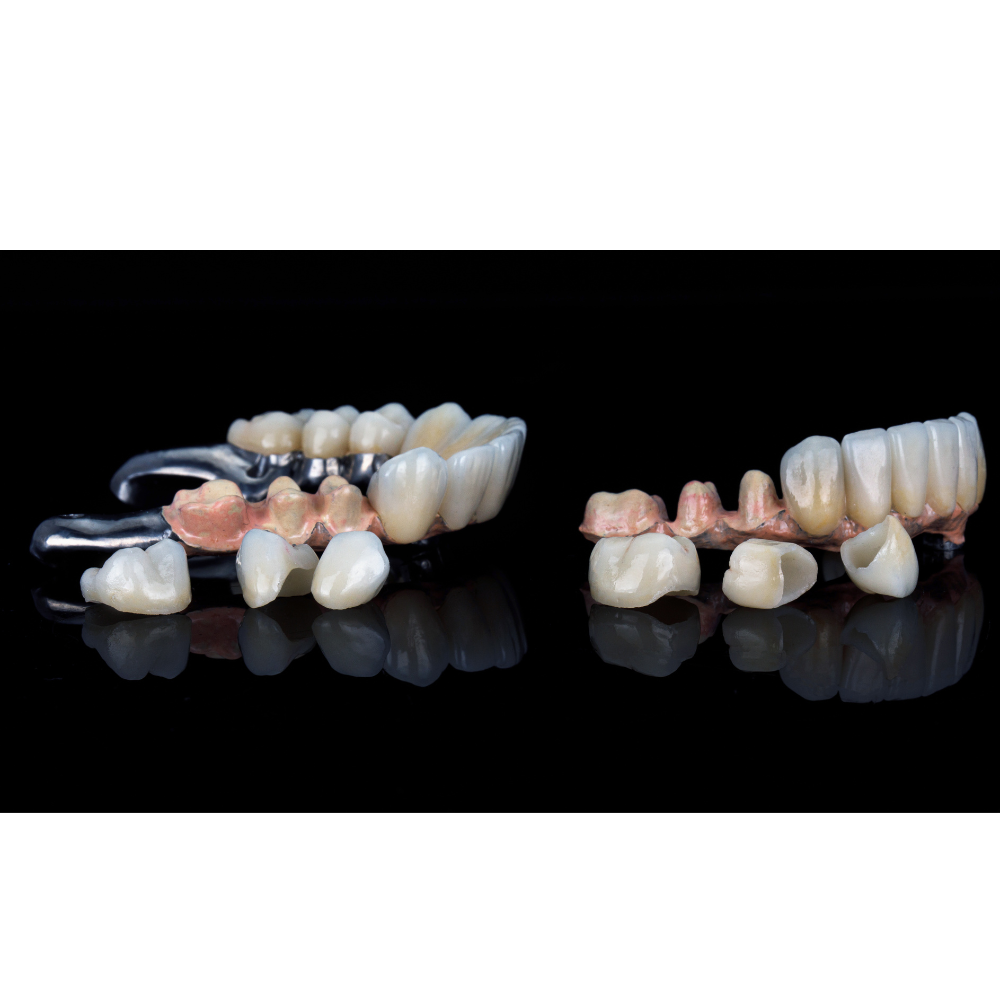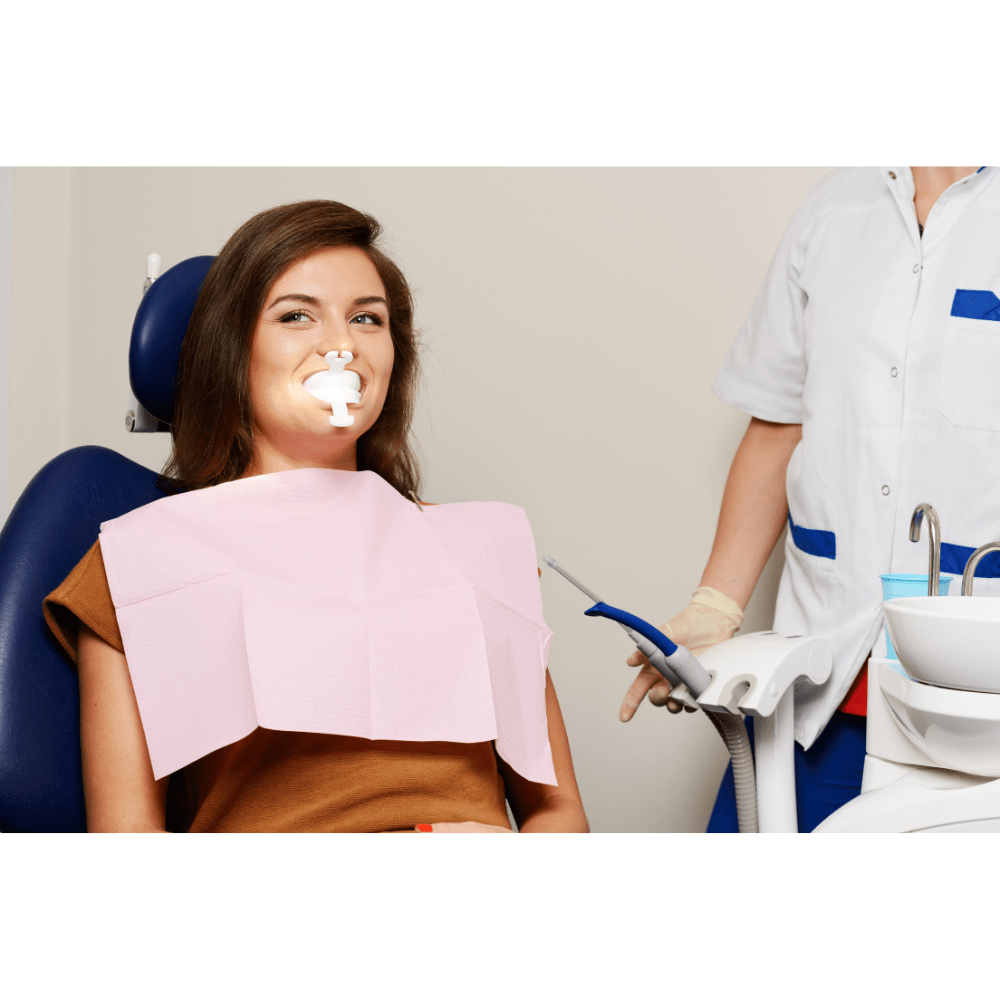What Is Ankylosis Of Teeth? | Here’s What You Need To Know
Ankylosis dentistry can profoundly affect your oral development and is an important topic in dental health. It’s important to be aware of conditions like ankylosis that might not be immediately obvious but can cause significant problems over time.
Feeling a pang of curiosity? Wondering what ankylosis is and how it might impact your child’s smile? Fear not! here you will get to know what exactly it is, the causes, extractions, and treatments of ankylosis. Let’s first understand what ankylosis of teeth is.
What Is Ankylosis Of Teeth?
Ankylosis of teeth is a condition where a tooth becomes fused to the jawbone which prevents it from moving or erupting normally. This occurs when the periodontal ligament which separates the tooth from the bone is lost. This leads to a direct connection between the tooth and the bone.
It often results in the tooth appearing submerged compared to adjacent teeth and can cause alignment issues.
Most Common Ankylosed Teeth
Mandibular first primary molars are the most common ankylosed teeth. Studies in the US have shown a higher incidence of ankylosis in these teeth compared to others.
Causes Of Tooth Ankylosis
Teeth Injuries:
Injury to a tooth can damage the periodontal ligament. This leads to ankylosis of teeth when the tooth fuses with the jawbone during the healing process.
Oral Infection:
Severe dental infections can destroy the periodontal ligament which causes the tooth to become ankylosed as it directly connects with the bone.
Genetic Factors:
Some individuals may be genetically predisposed to dental ankylosis. This makes them more susceptible to this condition.
Developmental Issues:
Abnormalities during tooth development, such as the absence of permanent teeth beneath primary teeth can lead to ankylosis of the primary teeth.
Disturbed Metabolism:
Metabolic disturbances can affect the normal functioning and maintenance of the periodontal ligament which leads to ankylosis of teeth.
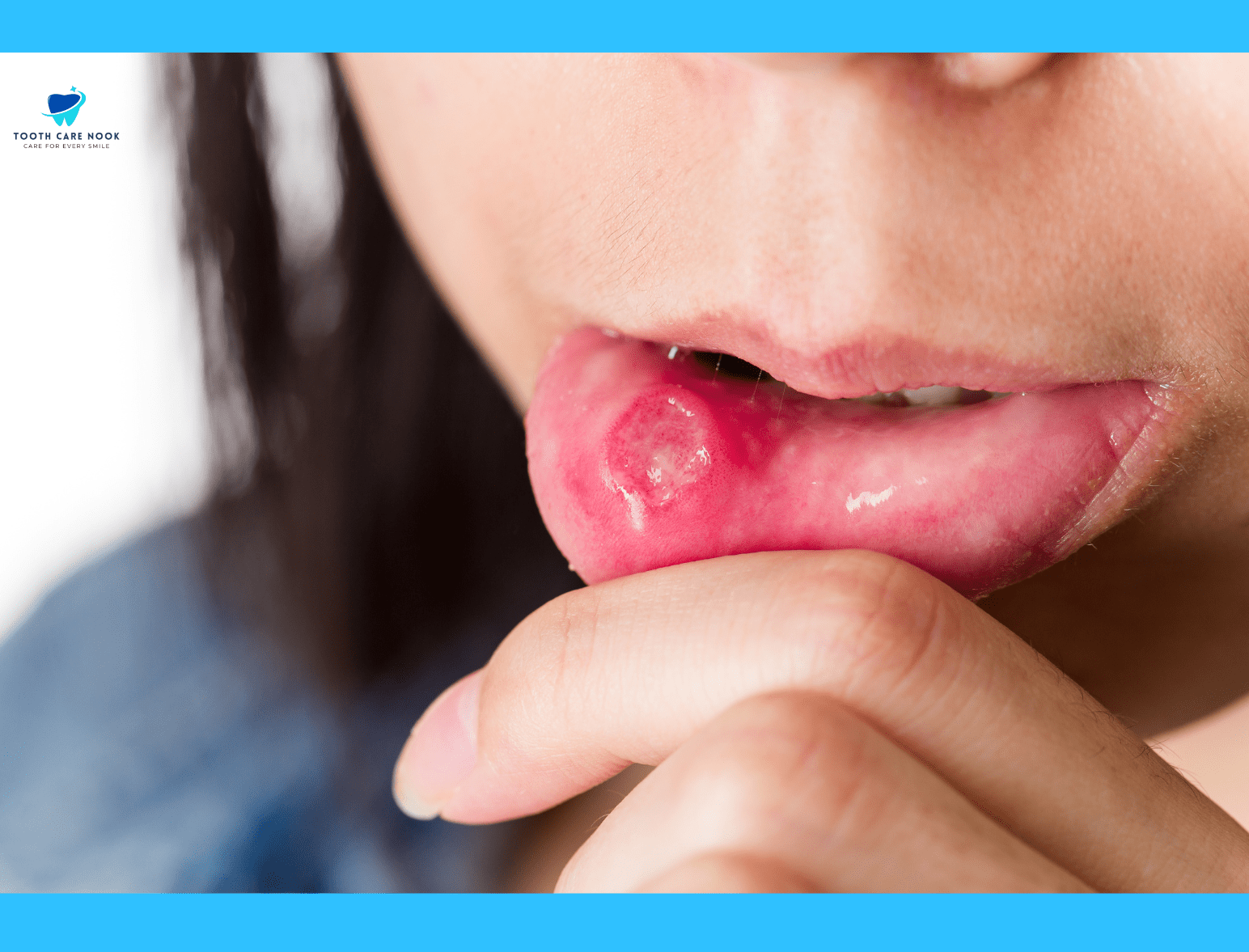
Treatment Of Ankylosed Teeth
The following are some treatment options for ankylosed teeth:
Decoronation:
This procedure involves removing the crown of the ankylosed tooth while leaving the root in place. It preserves the bone and encourages natural bone growth.
Orthodontic Treatment:
In some cases, orthodontic appliances can be used to gradually move the adjacent teeth and improve the alignment of the dental arch around the ankylosed tooth.
Segmental Osteotomy:
This surgical procedure involves cutting and repositioning a segment of the jawbone containing the ankylosed tooth to improve alignment and function. It is used in more complex cases in adults where orthodontic treatment is insufficient.
Prosthetic Replacement:
After extraction, the missing tooth can be replaced with a dental implant, bridge, or denture to restore functionality and aesthetics as ankylosed teeth treatment.
Bone Grafting:
Bone grafting can be performed to rebuild the jawbone and support future dental implants In cases of significant bone loss due to ankylosis of teeth.
Can You Extract An Ankylosed Tooth?
Yes, an ankylosed tooth can be extracted. The procedure requires proper surgical techniques due to the teeth fused to the bone. A dentist or oral surgeon will carefully remove the tooth to prevent damage to the surrounding bone and tissues.
This extraction of ankylosed tooth is more complex than regular tooth extractions and can require additional procedures like bone grafting. This will ensure proper healing and prepare for possible tooth replacement options.
How Long Does A Dental Ankylosis Extraction Take?
A dental ankylosis takes less than 30 minutes per tooth. The more complex cases may require additional time. Must consult with your dentist or oral surgeon for a personalized assessment and to discuss the specifics of your extraction procedure.
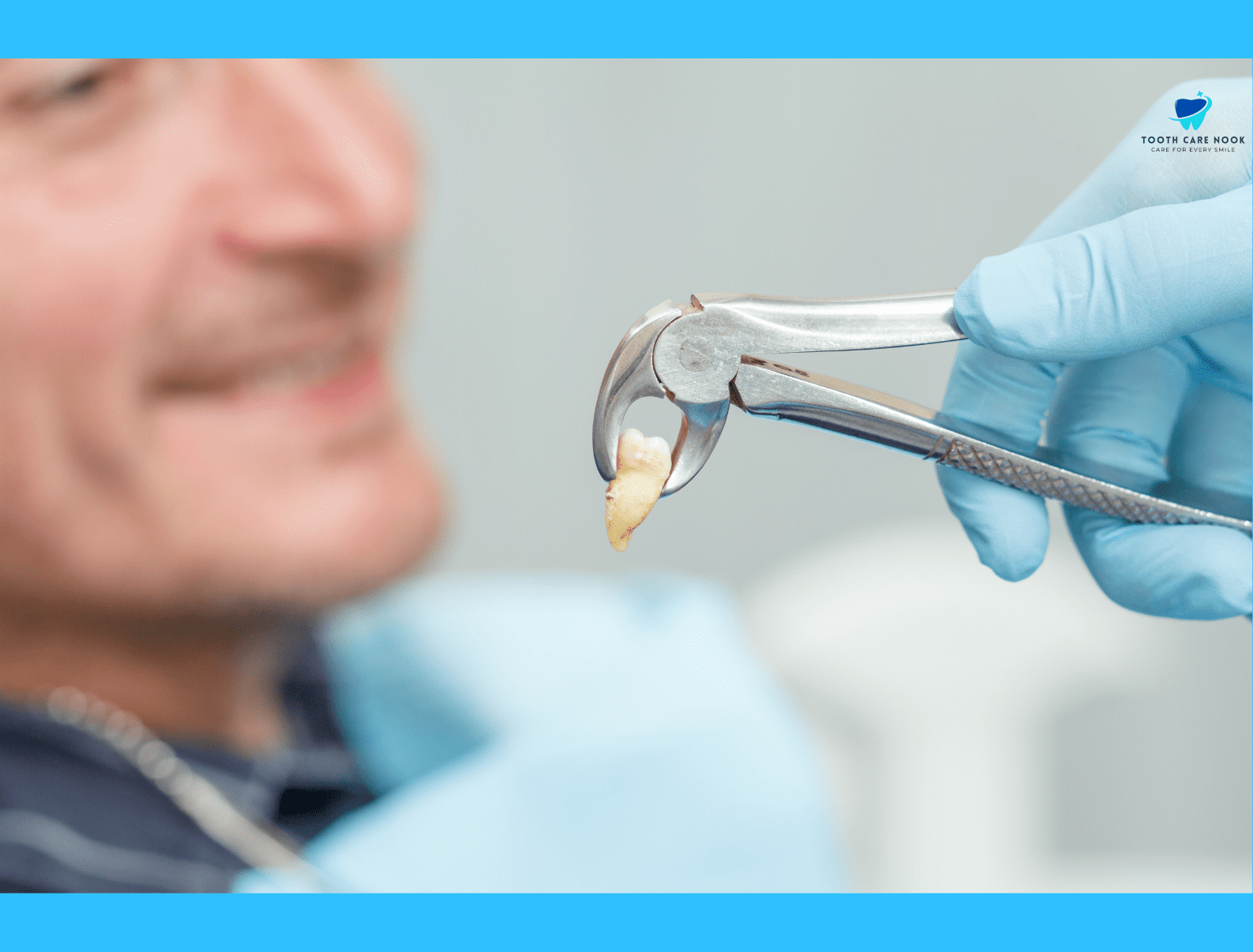
FAQs
Can Baby Teeth Be Ankylosed?
Yes, baby teeth can become ankylosed. Ankylosis affects baby teeth ten times more often than adult teeth. If a baby’s tooth becomes ankylosed, it can affect the eruption of the permanent tooth and could require intervention from a dentist or orthodontist.
Which Primary Tooth Is The Most Common To Become Ankylosed?
The primary molar teeth are the most common to become ankylosed. Lower primary molars are often affected because they bear more load during chewing and are more prone to injury.
How To Identify Ankylosed Deciduous Teeth?
You can identify ankylosed deciduous teeth by observing signs like delayed exfoliation, altered tooth position, reduced mobility, changes in gum level, and confirmation through radiographic examination
What Is The Most Frequently Ankylosed Permanent Tooth?
The most frequently ankylosed permanent tooth is the lower first molar. Ankylosis dentistry of the lower first molar can impact dental alignment. This will require intervention from a dentist or orthodontist to ensure proper management.
What Is The Second Name Of Deciduous Teeth?
Deciduous teeth are commonly referred to as baby teeth, children’s teeth, or primary teeth. The term deciduous signifies their temporary nature, as they are shed over time to make way for the permanent dentition.

